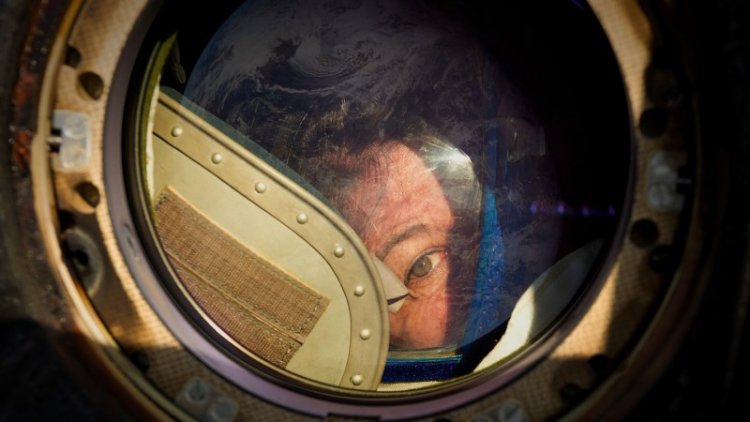‘Space: The Longest Goodbye’ explores astronauts’ mental health
The documentary follows NASA astronauts and the psychologists helping them prepare for future long-distance space trips to the moon and Mars.

NASA engineers must quantify everything. But no matter how many equations they use to calculate launch windows, estimate exposure to cosmic radiation or create flight trajectories, there’s one thing they can’t quantify: the mental health of astronauts.
And for a while, NASA could get away with it. Early astronauts certainly faced mental challenges — worries over mission failures, the fear of the unknown. But it wasn’t until the arrival of space stations that astronauts began spending months away from home. In 1994, with the building of the International Space Station under way, NASA formed a psychological unit.
Now, NASA astronauts may soon embark on even longer trips into deep space. Long-distance relationships are hard enough on Earth. On a three-year, round trip trek to Mars, navigating the unparalleled separation from home could be one of the biggest challenges to a successful mission (SN: 11/14/14).
Space: The Longest Goodbye, a documentary directed by Ido Mizrahy, follows the journey of mentally preparing astronauts for such an unprecedented trip and reflects on the history of the NASA psychological unit. It premieres in theaters on March 8, as well as on Apple TV, Amazon and other streaming services.
The film primarily follows astronauts Kayla Barron — a member of NASA’s Artemis program, which aims to send people to the moon and then Mars (SN: 11/16/22) — and Cady Coleman, who spent over 100 days aboard the space station. The film is not just about these two astronauts going to space; it’s also about the families they leave behind.
Perhaps the most poignant narrative is Coleman’s. In 2010, she entered space for the third time, leaving her son, Jamey, when he was in fourth grade. Spotty video chats show Jamey’s growing anguish as his mom orbited Earth for several months. Coleman wipes tears that float away in zero gravity, which emphasizes her own homesickness.
But longing for loved ones isn’t the only psychological challenge astronauts face. Coleman also details the near-constant surveillance she was under while aboard the space station, from cameras following her every move to regular check-ins with psychological evaluators. The endless scrutiny caused her to take careful stock of how many feelings she could reveal to avoid being deemed unfit for life in space and then grounded, literally.
The film also tackles the range of external strategies devised in collaboration with the NASA psychological unit in preparation for long-term space travel, from the development of a friendly robot intended to avert loneliness to desert simulations designed to study interpersonal conflict in extreme isolation. There is an astonishing, and frankly, overwhelming number of ideas being tested for the Artemis astronauts. Woven between long, wide shots of the vast emptiness of space, these vignettes of strategies provide respite for the viewer who begins to vicariously experience the loneliness of space.
Space: The Longest Goodbye is terrifying and hopeful, wistful and thrilling, reflective and overwhelming, all the contradictions present in the reality of being an astronaut.
What's Your Reaction?




















